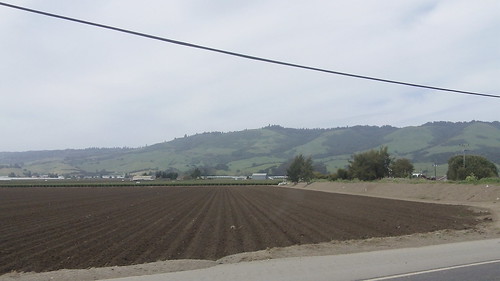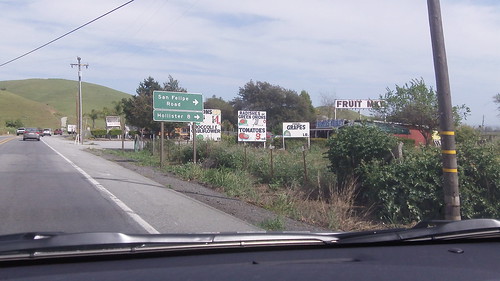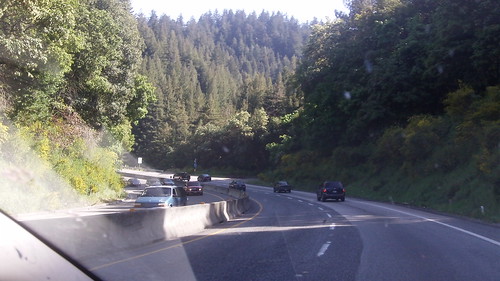
(By Brooke Hubbard)
We've all seen sculptures made from old iron and made Popsicle stick crafts as kids. But have we ever thought about sustainability in relation to art as a whole? What if instead of just using scraps to make art, we considered what happened to the left-overs from the creation of art?
Sustainable 1000 was able to
interview Greg Schenk at the dumpster behind California State Long Beach art department where all the used materials have been discarded. During the interview, Greg and Shane imagined a not too impossible scenario where a school would measure the waste created from a quarter of art making and maybe even consider displaying it in contrast to the art created. After all, art is an occupation just like any other with used-up supplies, extra clippings, and mistakes or do-overs. Many school departments are tracked on the amount of waste created and supplies used each quarter. Shouldn't art be held to similar standards? Of course there must be some tracking already in place for budgeting purposes, but schools and institutions could be going much further to promote sustainability in the art, and all, departments.
In business the question is asked, "Does the benefit justify the cost?" and if the answer is no, then the project is redesigned, rethought or thrown out. In art, the artist should be asking the same question: "Does the message I will be sending with this artwork justify the means of its creation?" and if the answer is no, then the materials could be reconsidered or a new angle of production.

The obvious difficulty being that the message or "benefit" of art is much harder to measure than profitability in a business. But I don't think that finding a ruler to fit art should be the ultimate goal. What will be most effective in creating a more sustainable mindset around the creation of art is increased awareness of the waste and consequences associated with that waste on the environment. Sure oil paints have their values and special characteristics, but are they absolutely necessary to display this message in this piece of art? Is there something else that could be better for the environment as a whole? If we are worried about our art lasting throughout generations, shouldn't we also worry about the sunsets and the beautiful landscapes that inspired them lasting as well?







